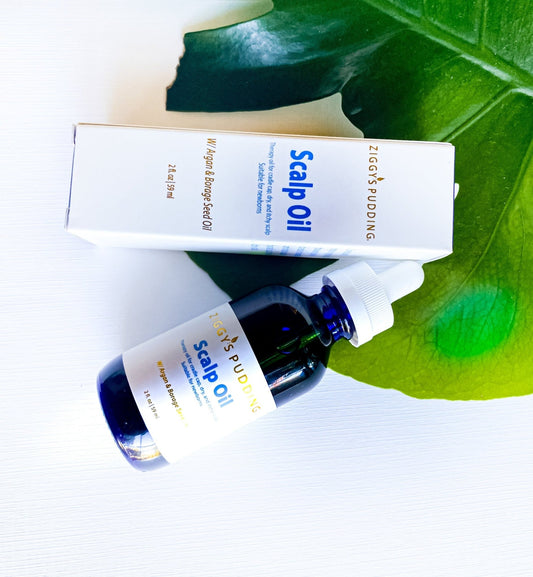
Harnessing the Power of Nature: Cold Press Essential Oil Extraction Explained
In our article: The Ultimate beginner's Guide to Essential Oils: Benefits, Uses, and Safety Tips, we went in-depth about essential oils, their uses, and their benefits. We briefly discussed how they are made. In this article, we will explore how essential oils are extracted, with a focus on the cold process extraction of essential oils.
What is the cold processing method of essential oils?
Cold processing is a method of extracting essential oils from plant materials without using heat. There are different cold processing techniques used to extract essential oils. These techniques are expression, enfleurage, maceration, and CO2 extraction.
Expression:
This method is also known as cold pressing or expression, commonly used for citrus fruits, like lemons, oranges, and grapefruits, which have a high concentration of essential oils in their rinds. The cold processing method involves crushing or grinding the plant parts, then pressing them to extract the essential oil. The pressure used in this method is enough to rupture the oil glands in the plant material, releasing the essential oils. The essential oils are separated from the juice and other parts of the plant material.
Enfleurage:
Enfleurage, derived from the french word enfleurer meaning: saturate with the perfume from flowers, is a cold processing method used for the delicate flowers of plants that cannot withstand the heat of distillation. In this ancient method, based on the principle that oil dissolves oil, flowers are placed in an oil, such as coconut oil, allowing the essential oils to be absorbed into the oil.
The flowers are then removed from the oil, and what remains is a pomade. The pomade is then dissolved with alcohol. As the alcohol evaporates, we are left with pure aromatic oils called absolutes.
This method is very expensive and labor-intensive. However, it produces an organic, pure, and high-quality essential oil. In the past, animal fats were used for this process. Now, this process uses coconut oil, palm oil, and other vegetable oils. Great news for us vegans!
Maceration:
Maceration is similar to enfleurage but involves soaking the plant material in a carrier oil, such as olive oil, for an extended time. The oil absorbs the essential oils from the plant material, resulting in a therapeutic and fragrant oil. After the desired time, usually three weeks or longer, the plant materials are strained from the oil.
CO2 Extraction:
CO2 extraction also known as hypercritical carbon dioxide extraction, is a modern cold processing method that uses carbon dioxide to extract essential oils from the plant material. This method is used for delicate plants that cannot withstand the heat of distillation.
Since carbon dioxide becomes hypercritical at 33 degrees Celsius, meaning it has the properties of both a liquid and a gas simultaneously, it becomes an excellent solvent for the cold process extraction method of essential oils. This process happens in a closed chamber since the hypercritical pressure required for carbon dioxide is 200 atmospheres - that is 200 times the pressure of the atmosphere.
This method is also nontoxic since carbon dioxide is inert and does not interact with the essential oil being extracted. Once the process is completed, the carbon dioxide completely evaporates, leaving a pure, potent, essential oil.
What are the benefits of using the cold process method of extracting essential oils?
- Preservation of the plant's natural compounds: Cold process extraction is a gentle and non-invasive method that preserves the natural compounds and aroma of the plant material, which can be lost or altered with other extraction methods.
- Purity of the essential oil: Since no chemical solvents or other chemicals are used in the extraction process, the resulting essential oil is pure and free of residual chemicals or contaminants.
- Environmental sustainability: Cold process extraction is a sustainable method that does not contribute to environmental pollution or degradation.
- Cost-effective: This method is cost-effective because it requires less equipment and resources compared to other extraction methods, such as solvent extraction.
- Versatility: Cold process extraction can be used to extract essential oils from a wide range of plant materials, making it a versatile method.
What are some of the advantages of the cold process extraction method of essential oils?
There are several advantages to using the cold processing method for essential oil extraction. One of the primary advantages is that the essential oils obtained through this method are of high quality. The oils are not exposed to heat, which can alter their chemical properties and reduce their potency. The essential oils obtained through cold processing keep their natural aroma, flavor, and therapeutic properties.Another advantage of cold processing is that it is a more environmentally friendly method of essential oil extraction. The process does not require the use of solvents or chemicals, which can be harmful to the environment. The leftover plant material can be used as compost, reducing waste and promoting sustainable agriculture.
How can cold-processed essential oils be used?
Cold-processed essential oils are used for a variety of purposes, including aromatherapy, skincare, and natural cleaning products. Since these are high-quality oils and they keep their natural scent and therapeutic properties, they are a popular choice for natural health and skincare.
In aromatherapy, cold-processed essential oils are used to promote relaxation, relieve stress and anxiety, and boost your mood. They are great in diffusers, bath salts, and massage oils. The natural aroma is preserved since these oils are not exposed to heat during the extraction process, providing a more authentic and pleasing experience for your aromatherapy sessions.
Cold-processed essential oils are also used in skincare products. The oils have natural anti-inflammatory and antimicrobial properties, making them effective for treating a variety of skin conditions, such as acne, eczema, and psoriasis. Also, the oils are easily absorbed into the skin, making them an excellent choice for moisturizers, serums, and facial oils.
Other popular uses of cold-process essential oils are natural cleaning products, DIY cleaning recipes, all-purpose cleaners, detergents, and dish soaps. Cold process essential oils have natural disinfecting properties making them effective at sanitizing and cleaning your home.
In Conclusion
The cold process method for extracting essential oils is a gentle and effective method for obtaining pure, high-quality, and organic essential oils. With modern methods like CO2 extraction, we can quickly and effectively extract potent essential oils that are nontoxic, fragrant, and therapeutic for the skin. Although essential oils are safe and effective for most people, we must take care when using essential oils, especially if we are pregnant or using them on our children.
Read Next: Distillation: how essential oils are extracted.



